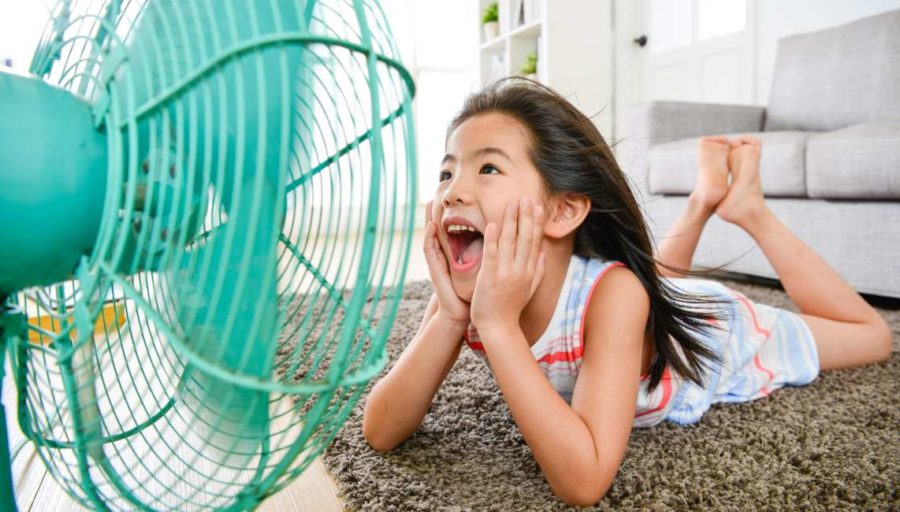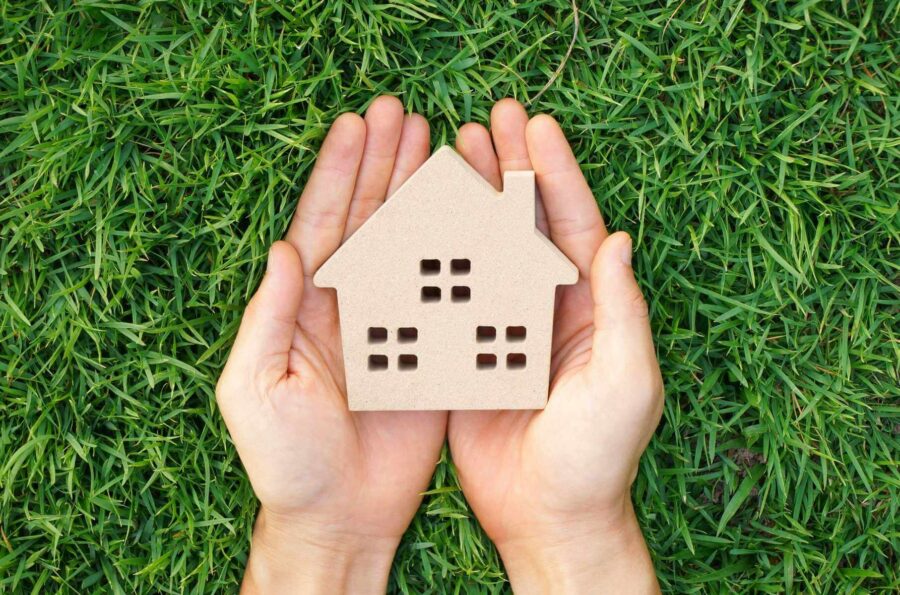Everyone has an opinion on the ideal temperature for your thermostat during summer. It’s 72 degrees, one company says. Another company counters, claiming 75 as the lucky number. The U.S. Department of Energy even weighs in on the subject, suggesting that an average house temperature in the summer be nearly 80 degrees. In Texas, that’s pretty hot — and it might not be good for you or your home when you consider humidity levels on the coast.
At the end of the day, the idea behind these recommendations is to keep people as comfortable as possible without getting a high electricity bill each month. Therefore, determining the best AC temperature in summer actually means answering this question:
What’s the highest temperature I can set my AC before I’m uncomfortable?
Turns out, the answer isn’t that difficult — but it does vary person to person. We want to give our explanation of what the best temperature for your thermostat (and bill!) in summer is and what to do if that differs from a temperature that actually makes you feel comfortable.
The U.S. Department of Energy Suggests 78°F When You Are At Home
Yes, 78. And if you have a ceiling fan, you set your thermostat four degrees higher to 82°F. When you’re away, you can set it even warmer, per the Energy Department.
For some, this might be ideal. But for others, it’s like sitting in an oven, especially in the Texas heat and humidity. In our opinion, this is a good temperature recommendation if you absolutely need to save money on your energy bill — it’s backed by government research!
However, for a lot of people, it’s too warm, and it’s painfully evident when you consider the reactions of people who flocked to the internet to share their concerns over this setting:
Clearly, 78 degrees remains polarizing. Yes, the major advantage is its ability to save homeowners lots of dollars; however, it comes at the expense of being really uncomfortable during the summer.
But what if you could achieve both? We want to share our idea of how you can still save a few dollars while still keeping your home at a reasonable temperature.
Increase Your Thermostat Setting Until You Feel Uncomfortable, Then Turn It Back a Degree
Let’s explain our recommendation with an example:
Imagine your ideal temperature at home is 70°F. It’s just right. You don’t need blankets, but you also don’t need to wear the thinnest clothing possible. That said — you’re also comfortable at 72 degrees. Plus, if you have a fan going, you could even turn it up to 73 or 74 degrees. Now try turning it up to 75 and 76. Finally, at 76°F, you start to get a little uncomfortable and, frankly, a little sweaty.
Thus, 76°F is your temperature threshold while at home. The key is to turn it just below the temperature where you’re uncomfortable so you’re still cool — 75°F — but you still manage to save a bit of money.
In fact, when you’re away from the house for at least 1 hour, we agree with the Department of Energy’s recommendation of a higher temperature setting. If no one’s home, why keep it cool?
We recommend using these settings as a starting point and then adjusting to your comfort levels:
- 75° F during the day if people are home and at night when people are asleep
- 80° F during the day if no one is home
However, this constant adjusting of the air conditioning can get a bit old — and you’re likely to forget to make those manual changes. Enter the programmable thermostat.
Install a Programmable Thermostat to Make Adjusting the Thermostat Easy
It might seem antithetical to spend money to save money, but programmable thermostats are super affordable, starting at $20 for a very effective model. That’s right — you don’t need a fancy touchscreen device! t’s a small price to pay to ensure you don’t have to think about your thermostat for the rest of the summer if you set it right.
Fans Can Make You Feel Cooler
It can be tempting to mess with the thermostat settings, especially if you’re cleaning or cooking and you get hot. The trick to staying cool while also not messing with the thermostat is using a fan — everywhere.
According to the Department of Energy, ceiling fans can make you feel 4 degrees cooler than the room actually is.1 Fans essentially create a mini wind chill effect. Since your body sweats to cool itself down, the fan evaporates that sweat so you feel cooler faster. This is why fans feel like they’re blowing cool air at you, but in reality, it’s the drying sweat that’s making you feel cooler.
So, you’ve implemented these changes. Now what? For even more tips on how to save on your energy bill this summer, check out our blog post, 8 Energy Saving Tips for Summer, to learn more.
Stay cool, friends!
Sources:

 Renew Now
Renew Now







